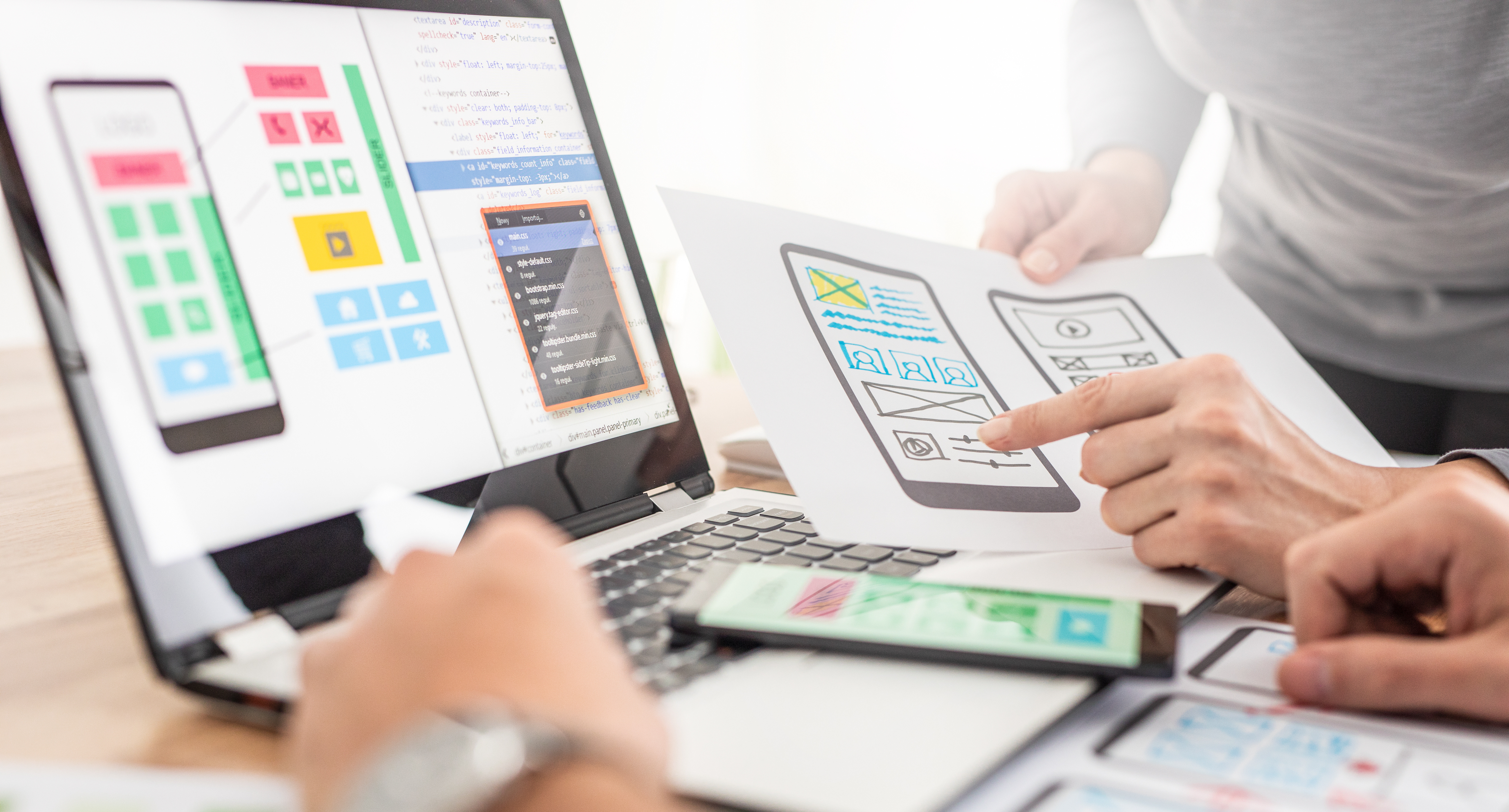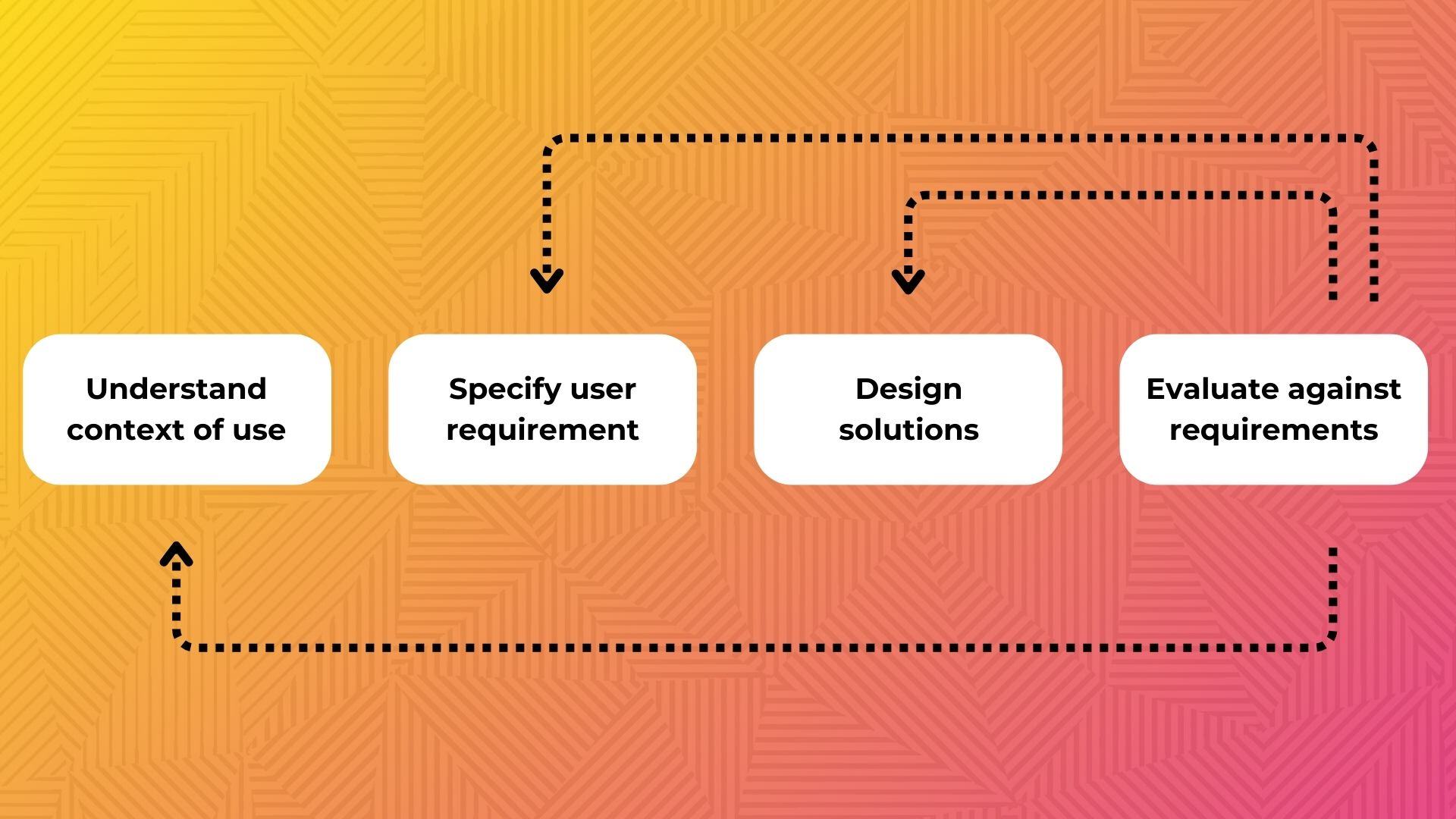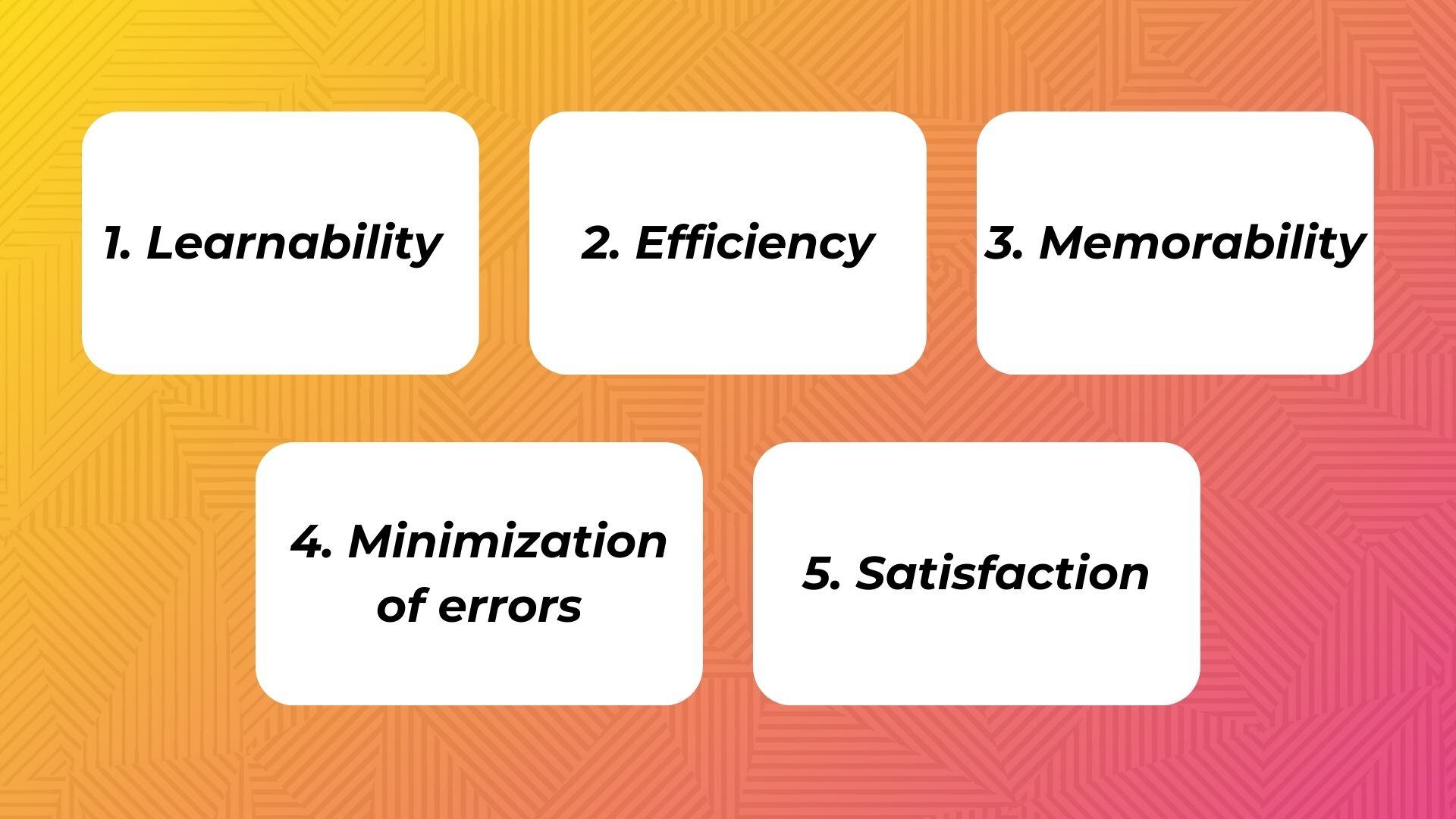Are You Taking Advantage of the Latest UI/UX Principles To Boost Your Conversions?
Read Time 15 mins | Written by: Ajay Shekhawat

Introduction
Your digital product is the first interaction users have with your brand. A product powered with a well-designed User Interface (UI) and User Experience (UX) leaves a lasting impression and helps convert users into paying customers.
Google considers mobile-friendliness, a UX element, an important ranking factor. So, if you want your website or app to be at the top of your business category, you must consider UI/UX design.
Let’s understand the basics of UI/UX, its importance, and its implementation in building an unforgettable brand loved by its consumers.
Understanding UI and UX
UI design focuses on the visual elements that control how your website or app looks and feels. It encompasses aspects like buttons, menus, typography, colors, layout, and the use of popups/modals to increase engagement. A well-crafted and coherent UI ensures users can seamlessly navigate your site or app.
UX design goes beyond aesthetics. It's about creating a positive user browsing experience by considering user needs, behaviors, and emotions. User experience includes factors like site speed, responsiveness, ease of use, accessibility, and user personalization.
While UI significantly influences the first-ever user experience with your brand, it is not the sole conversion driver. You need a robust, customer-friendly UX to complement a beautiful UI.
The Need for a Comprehensive UI/UX
The consumer world has quietly shifted from a large offline model to a multi-faceted online arena. Even those preferring in-store shopping browse products online at least once. So, how do you thrive in a competitive market where everything is available at a single click?
The first step is your product. It must be a great market fit. The second step is putting your best marketing game forward, but how do you do that?
Providing a memorable online experience to your customer through well-thought-out and implemented UI and UX positions you to do well within your market and address necessary user expectations. Some of the benefits of such design aspects are:
- Intuitive navigation and clear calls-to-action (CTAs) lead to higher conversion rates.
- A polished design reflects professionalism and credibility. It helps build brand perception, increase customer retention, and stand out in the competitive market.
- Higher ranking probability by Google with optimized UX factors like mobile-friendliness. It is also a critical traffic driving factor since around 9 in 10 (92.3%) internet users access the internet using a mobile phone of some kind.
- UX heatmaps help track customers’ activities on the website or app. These insights can be used to understand customer behavior and make necessary improvements in the UX.
- Well-designed UI/UX reduces the need for customer support. Intuitive interfaces and clear instructions maximize clarity, leading to fewer inquiries and support tickets.
Key Principles of UI/UX Design
User-Centered Design
User-centered design (UCD) is a fundamental approach that puts the user at the forefront of each step of the design and development process. UCD ensures that the end product aligns with user expectations and evolves based on real-world feedback. It is an iterative process based on user surveys and feedback followed by brainstorming.
There are four phases of UCD-based UI/UX development. The first step is understanding user needs, preferences, and pain points through in-depth research. By involving users throughout the design process, teams gain insights that lead to highly usable and accessible products.
In the second step, the design team identifies and specifies the users' requirements and designs solutions around it in the third step. Finally, the team evaluates the suitability of the design to check if it meets the users' requirements. The process continues until the final design meets the users' expectations.

Investing in UCD pays off by creating products that resonate with users, leading to better adoption and satisfaction.
Enhanced Usability
Usability measures how easy a product is to use for the customer and how well it achieves its objective (buy a product, sign up for services, etc.). An effective UX design based on user feedback, intuitive interfaces, consistency, and efficient information architecture helps enhance usability.

Five components of usability need attention for an effective UX:
- Learnability refers to the ease with which users interact with your product the first time they use it.
- Efficiency refers to the time and effort the user takes to complete their desired task.
- In the context of usability and interface design, memorability refers to the user's ability to remember how to use a product after leaving it and revisiting it with some time-lapse.
- A product may contain intentional or non-intentional components like tiny clickable regions, missing back navigation, inconsistent commands, etc. If the usability is poor, users can make errors while using the product and feel disconnected. Minimizing errors and providing enhanced usability for user retention is essential.
- A user should leave your product with a pleasant and fulfilling experience. Customer satisfaction is key.
Brand Identity and Perception
UI/UX design is essential in shaping a brand's identity. It ensures that users' interaction with the brand's products is seamless, engaging, and retainable. Users remember the brands that offer a holistic browsing experience and prefer to be repeat customers of such brands.
UI/UX designers usually work with branding professionals to understand the brand's visual identity, core values, and goals. They can evoke emotions, build trust, and create lasting impressions on users.
Accessibility and Inclusivity
An efficient UX design follows the principles of accessibility and inclusivity, referring to its accessibility and use by as many people as possible. While accessibility refers to product usage by the specially-abled, inclusivity also caters to the users' diversity by considering factors like age, language, culture, and technical proficiency.
Some components of an accessible and inclusive design can be:
- Using high color contrast to ensure text legibility for users with visual impairments
- Audio material to include visually disabled
- Adding captions to assist users with hearing disabilities
- Using neutral fonts that are legible to all users
- Adding a series of content with increasing complexity to cater to all user levels (beginners, intermediate, proficient)
A Small Case Study on the Business Impact of UI/UX: Airbnb
Investing in UI/UX pays off well for businesses. Well-designed interfaces lead to user satisfaction and increased engagement and ultimately contribute to the success of digital products. By prioritizing user needs, companies build a loyal customer base and drive business growth.
Airbnb is a prime example of business transformation by applying design thinking principles through UI/UX. From a struggling start-up generating weekly revenue of $200 to a massive $8.4 billion annual revenue and operating in nearly 192 countries, Airbnb set the bar for customer satisfaction.
To achieve ‘head-turning’ results, Airbnb focused on a user-centric approach to design and innovation through:
- Pleasing user experience through high-resolution property images
- Incorporating user-friendly search and features
- Building trust to remove the ‘stranger-danger’ bias through transparency and design
- Data-driven personalization to provide the right amount of information to the users without overwhelming them
Conclusion
With increasing digitization, a digital product is the soul of any business. Whether starting fresh or upgrading an existing structure, building a user-centric UI/UX ensures that products resonate with users, meet their needs, and create lasting impressions and delightful digital experiences.
UI/UX is not just about aesthetics; it is about making a meaningful impact on people's lives by developing long-term connections. Connect with Concert IDC now and explore how you can leverage the latest UI/UX design trends to enhance your online presence and drive sustainable business growth.
Want to Learn How ConcertIDC Can Help Your Business?
Ajay Shekhawat
UI/UX Designer
